It's essential to be a proactive pet owner and to monitor any changes in your pet's health or behavior on a regular basis. Some animals that have a health problem will experience it, and one of the least known symptoms of malnutrition is canine skin problems. These can include redness, irritation, or even hair loss. Dandruff is another skin problem that can occur when a dog can't use its body's nutrients.
Your vet should test for any skin reactions or abnormalities, even if the symptoms seem mild. The stress of recovering from a state of starvation may require a slightly higher caloric intake than estimated. When feeding an emaciated dog, the amount of calories the dog should ideally consume during recovery from starvation should be approximately the same as what the dog would consume at its normal weight. For example, if a rescued mastiff is extremely thin and emaciated and, upon examination, weighs 88 pounds and you estimate that when healthy it would weigh 130 pounds, try feeding the dog a daily caloric amount calculated for a 132-pound dog.
It is suggested that dogs with a weight slightly lower than normal should receive a moderately high fat and protein diet. These diets should have adequate levels of carbohydrates, but not predominantly carbohydrates. Try to feed with products that show (for dry foods) a fat content of 18% and protein content of 28 to 30%. Liquid supplements show apparently lower percentages of fat and protein because they normally contain between 60 and 70% moisture, while dry pet food has only 10% moisture.
Every pet is different, so your cat or dog may have variations in these symptoms and it can be a little difficult to see symptoms, especially if your pet has underlying health problems or if your pet is taking medications. You may be desperate to get your pet out of its malnourished state, but you're balancing to allow it to recover in the short term without compromising its long-term health. Diet plays an incredibly important role in health and, ultimately, malnutrition problems in pets mean that the cat or dog is not getting the calories, the level of real proteins or the micronutrients they need. That's why it's essential to be a proactive pet owner and to monitor any changes in your pet's health or behavior on a regular basis.
We encourage you to research and make your own decisions about your pet's health together with your veterinarian. To begin with, you should keep a close eye on your pet to ensure that there are no underlying health problems that your pet is suffering from. Sometimes, pet owners mix their pet's medication with the pet's food, but the bitter taste of the medication can discourage a pet that's already feeling nauseous. If you can't properly administer pills by mouth, talk to us about pet pills, a small plastic device that makes it easy for pets to put pills on.
It's very common for sick or problem pets to fall down stairs, so always keep your pet waiting for help. Work with your integrative veterinarian to determine what exactly your pet is deficient in, and then try to add these vitamins and minerals to your pet's diet, but from a real, natural food source. As an experienced veterinarian I recommend that all pet owners take proactive steps towards ensuring their pets are healthy and well-nourished. This includes monitoring their diet closely and making sure they are getting all the necessary vitamins and minerals they need from natural sources. Additionally, it is important to keep an eye out for any signs of dehydration or malnutrition such as skin problems or hair loss.
If you suspect your pet may be suffering from either condition it is important to consult with your veterinarian as soon as possible.
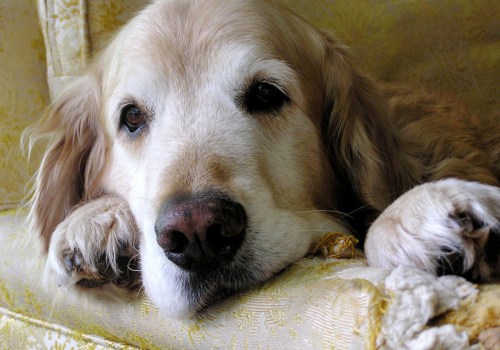
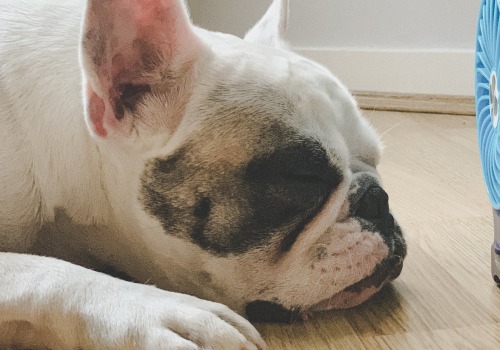
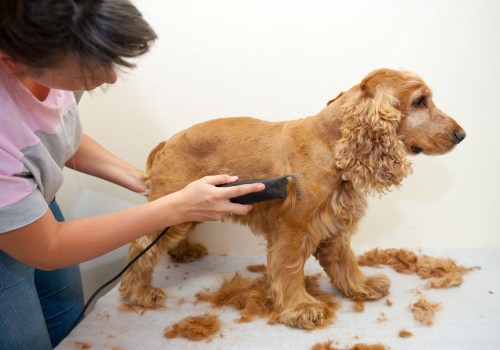

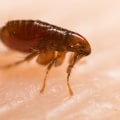


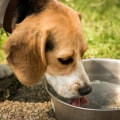

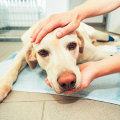

Leave a Comment